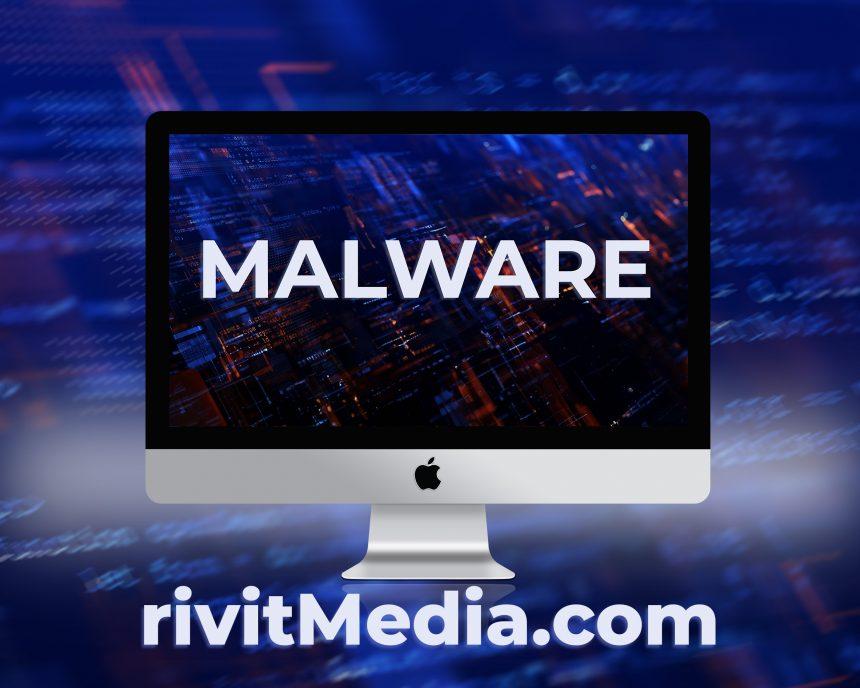The emergence of the Kextload malware has raised significant concerns among Mac users. This sophisticated piece of malicious software, discovered by security researchers, operates by exploiting legitimate system functions, ultimately compromising the integrity and security of affected macOS devices. Understanding its modus operandi, consequences, and effective removal strategies is paramount to safeguarding your digital environment.
Kextload: Actions and Consequences
Kextload, aptly named for its utilization of the ‘kextload’ command-line tool, infiltrates macOS systems by masquerading as a legitimate kernel extension. Once executed, this malware gains elevated privileges, granting it unrestricted access to sensitive system resources. Its primary objectives include data exfiltration, system manipulation, and establishing persistent backdoor access for remote control by malicious actors.
One of the most alarming consequences of Kextload is its ability to evade traditional security measures due to its deceptive use of legitimate system functions. This makes detection and mitigation challenging, leaving affected users vulnerable to a wide array of malicious activities, including information theft, system instability, and even full-scale system compromise.
Detection names for the Kextload malware may vary depending on the antivirus or security software used. Some common identifiers include “OSX/Kextload,” “Trojan.MacOS.Kextload,” or similar variations. Additionally, Kextload shares similarities with other macOS malware, such as OSX/Shlayer, OSX/CrescentCore, and OSX/Proton, in terms of infiltration methods and malicious functionalities.
Kextload: Removal Guide
Effective removal of the Kextload malware requires a systematic approach to eradicate all traces of the malicious software from the infected macOS device. Follow these comprehensive steps to ensure complete removal:
- Disconnect from the Internet: Before initiating the removal process, disconnect your Mac from the internet to prevent further communication with malicious servers.
- Enter Safe Mode: Restart your Mac and hold down the Shift key during startup to enter Safe Mode, which prevents the execution of third-party kernel extensions, including the Kextload malware.
- Identify Malicious Kernel Extensions: Navigate to the “/Library/Extensions” and “/System/Library/Extensions” directories and look for suspicious kernel extensions. Pay close attention to filenames and timestamps, as Kextload may attempt to disguise itself.
- Remove Malicious Kernel Extensions: Delete any identified malicious kernel extensions by moving them to the Trash. You may need to enter your administrator password to authorize the removal process.
- Delete Launch Agents and Daemons: Navigate to the “~/Library/LaunchAgents” and “~/Library/LaunchDaemons” directories and delete any suspicious files associated with the Kextload malware.
- Reset Browser Settings: If your web browser has been affected by Kextload, reset its settings to remove any malicious extensions or modifications.
- Empty Trash: Once you’ve removed all malicious components, empty the Trash to permanently delete them from your system.
- Restart Your Mac: After completing the removal process, restart your Mac in normal mode to ensure that all changes take effect.
Preventive Measures
To mitigate the risk of future infections by threats like Kextload, adopt the following best practices:
- Keep your macOS system and software up to date with the latest security patches and updates.
- Exercise caution when downloading and installing software from untrusted sources.
- Enable Gatekeeper and XProtect features in macOS to prevent the execution of unsigned or known malicious software.
- Regularly scan your system with reputable antivirus or security software to detect and remove potential threats.
- Implement robust password management practices and enable two-factor authentication wherever possible to enhance account security.
By remaining vigilant and implementing proactive security measures, you can effectively safeguard your macOS device against emerging cyber threats like the Kextload malware.





